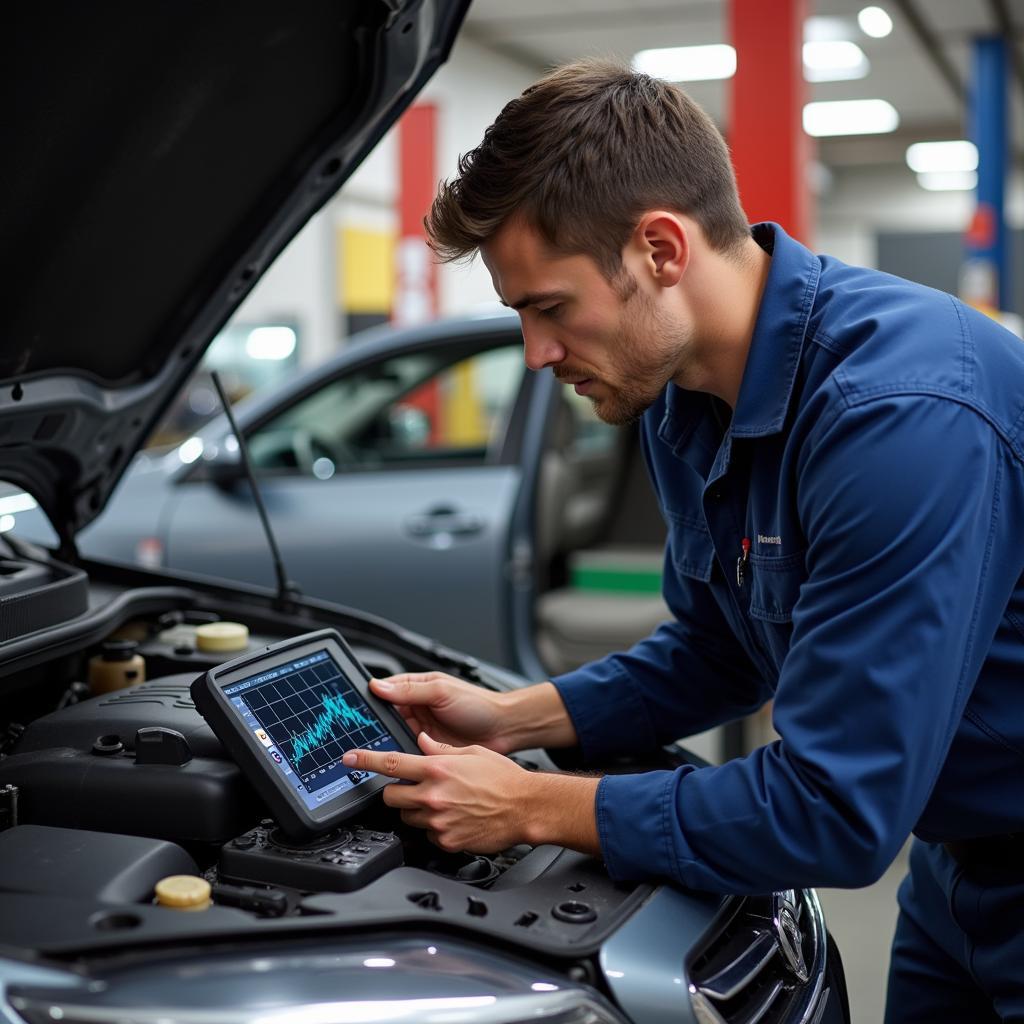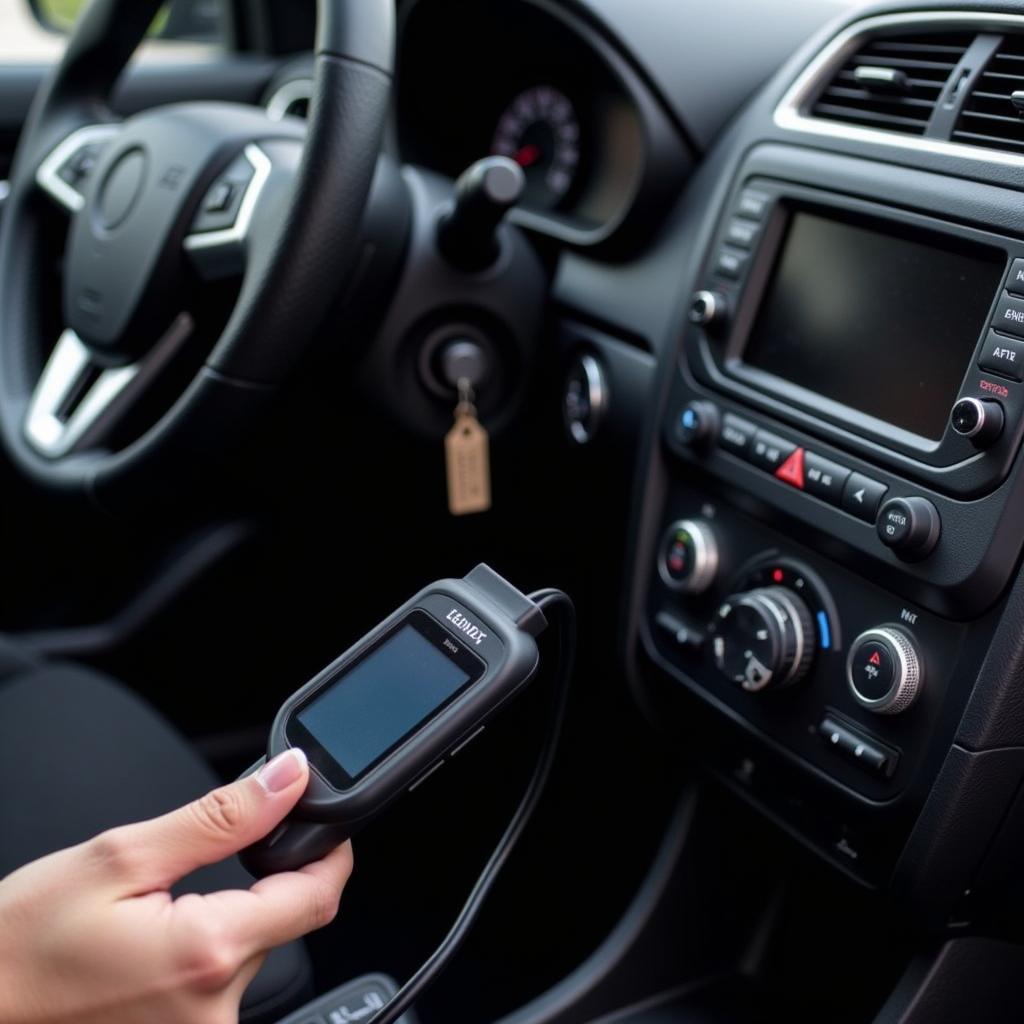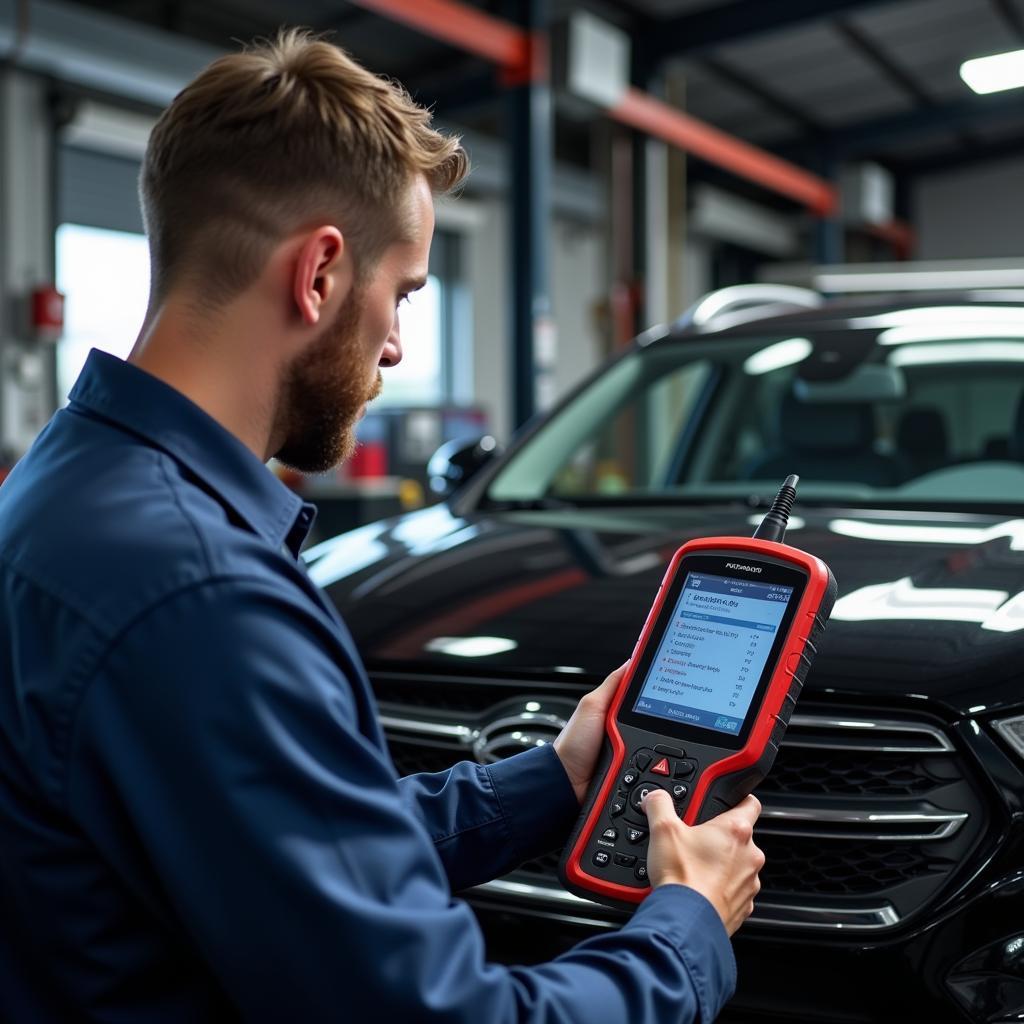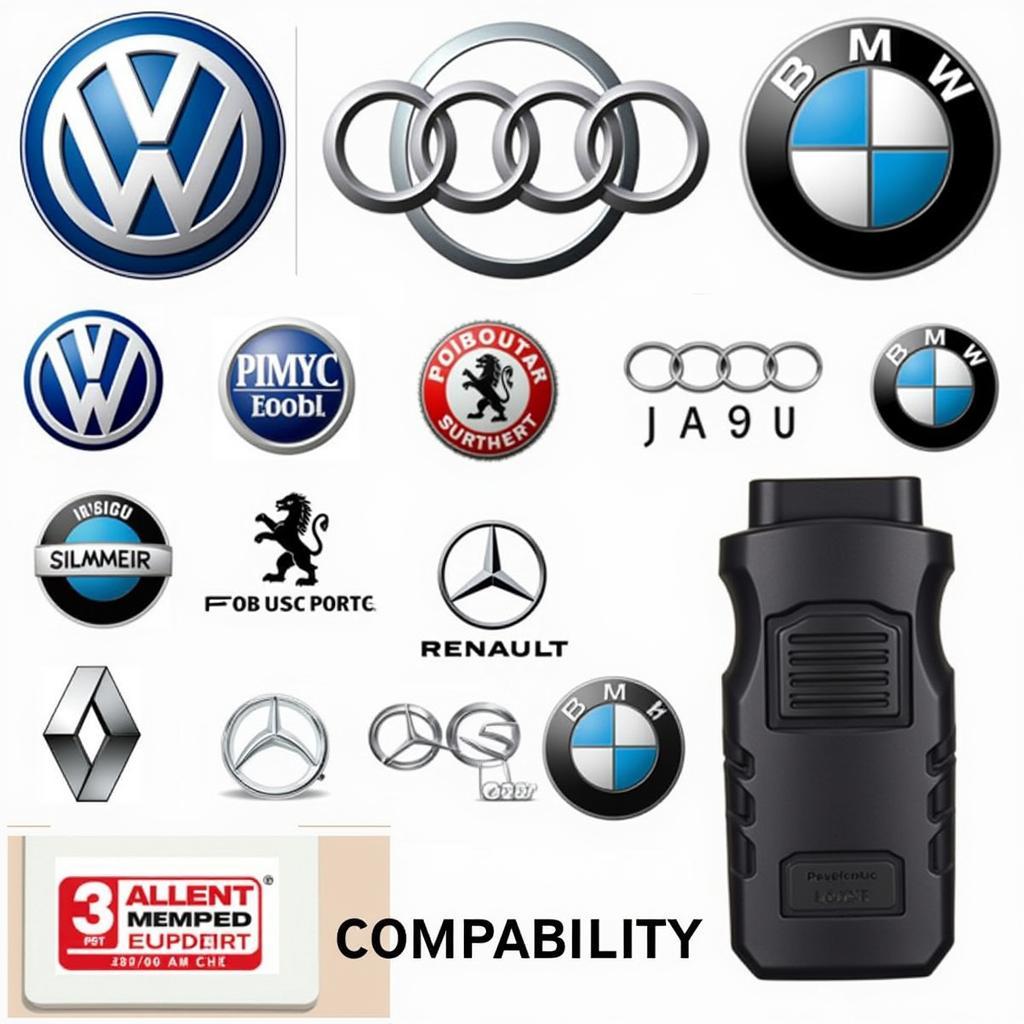A Scan Tool With Tcm, or Transmission Control Module, is an essential tool for anyone who owns, repairs, or maintains vehicles. Gone are the days of relying solely on mechanical expertise to diagnose car problems. Today’s vehicles are complex machines controlled by a network of computers and sensors. At the heart of this system lies the TCM, responsible for managing your vehicle’s transmission. A scan tool with TCM connectivity allows you to tap into this electronic brain, providing a wealth of information to troubleshoot and optimize your vehicle’s performance.
Why is a Scan Tool with TCM Important?
Your vehicle’s transmission is a complex system of gears, clutches, and hydraulics responsible for transferring power from the engine to the wheels. The TCM acts as the conductor, ensuring smooth gear changes, optimal fuel efficiency, and overall drivability. When problems arise within the transmission system, a scan tool with TCM functionality becomes your most valuable ally.
Here’s how it helps:
- Accurate Diagnosis: Pinpoint the root cause of transmission issues, eliminating guesswork and potentially saving you time and money on unnecessary repairs.
- Real-Time Data: Access live data streams from various transmission sensors, such as speed, temperature, and pressure, to monitor performance and identify anomalies.
- Fault Code Retrieval: Retrieve and interpret diagnostic trouble codes (DTCs) stored in the TCM’s memory, revealing specific areas of concern within the transmission system.
- Component Activation: Command specific transmission components, like solenoids and actuators, to test their functionality and isolate faulty parts.
- Software Updates: Some advanced scan tools allow for TCM software updates, ensuring your vehicle benefits from the latest performance and efficiency enhancements.
 Mechanic diagnosing a car transmission using a scan tool with TCM
Mechanic diagnosing a car transmission using a scan tool with TCM
Choosing the Right Scan Tool with TCM
The market offers a wide range of scan tools with TCM capabilities, from basic code readers to professional-grade diagnostic platforms. The best choice for you depends on your needs and technical expertise.
Factors to consider:
- Vehicle Compatibility: Ensure the scan tool supports your vehicle’s make, model, and year, as TCM communication protocols can vary.
- Functionality: Determine the features essential for your needs. Basic code reading might suffice for DIY enthusiasts, while professional mechanics require advanced functionalities like bi-directional control and software updates.
- User Interface: Opt for a scan tool with an intuitive interface and easy-to-understand data presentation.
- Budget: Scan tools come in a wide price range. Set a budget based on your intended usage and required features.
Investing in a [goonswarm d-scan tool] that aligns with your needs can empower you to take control of your vehicle’s maintenance and repairs.
Common TCM-Related Issues
Understanding common TCM-related issues can help you recognize potential problems and seek timely solutions:
- Slipping Transmission: If your vehicle hesitates or jerks during gear changes, it could indicate a problem with the TCM, solenoids, or clutch packs.
- Harsh Shifting: Sudden, jarring gear changes can point to faulty solenoids, low transmission fluid levels, or TCM software glitches.
- Check Engine Light: While not always directly related to the transmission, the check engine light can illuminate due to TCM-detected issues.
- Limp Mode: In severe cases, the TCM might activate “limp mode,” limiting your vehicle’s speed and performance to prevent further damage.
“Ignoring transmission problems can lead to costly repairs down the line. A scan tool with TCM functionality allows for early detection and targeted solutions.” – John Miller, Automotive Engineer
How to Use a Scan Tool with TCM
Using a scan tool with TCM functionality is generally straightforward:
- Connect the Scan Tool: Locate your vehicle’s OBD-II port, usually under the dashboard on the driver’s side, and connect the scan tool.
- Turn on the Ignition: Turn the key to the “on” position without starting the engine.
- Initiate Communication: Power on the scan tool and allow it to establish communication with your vehicle’s TCM.
- Access TCM Data: Navigate through the scan tool’s menu to access TCM-specific data, such as live data streams, fault codes, and component activations.
 An OBD-II scan tool connected to a car's diagnostic port
An OBD-II scan tool connected to a car's diagnostic port
Beyond Diagnostics: Optimizing Performance
A scan tool with TCM capabilities extends beyond diagnostics, offering opportunities to optimize your vehicle’s performance:
- Adjust Shift Points: Some advanced scan tools allow for adjusting transmission shift points, potentially enhancing acceleration or fuel economy.
- Reset Adaptation Values: After repairs or component replacements, resetting adaptation values allows the TCM to relearn your driving style and optimize shift patterns accordingly.
- Monitor Transmission Health: Regularly checking live data streams, such as transmission fluid temperature and pressure, can help you proactively identify potential issues before they escalate.
“A scan tool with TCM functionality empowers car owners to take a proactive approach to vehicle maintenance, ensuring optimal performance and longevity.” – Sarah Williams, Certified Automotive Technician
Conclusion
In a world of increasingly sophisticated vehicles, a scan tool with TCM functionality is no longer a luxury but a necessity for anyone seeking to understand, maintain, and repair modern cars and trucks. Whether you’re a DIY enthusiast or a seasoned mechanic, investing in the right scan tool can save you time, money, and frustration in the long run. Empower yourself with the knowledge and tools to keep your vehicle running smoothly for years to come.
Need help choosing the right scan tool with TCM for your needs? Contact ScanToolUS today at +1 (641) 206-8880 or visit our office at 1615 S Laramie Ave, Cicero, IL 60804, USA. Our team of experts is ready to assist you.
FAQs
1. Can I use any scan tool to access my vehicle’s TCM?
Not all scan tools are created equal. Ensure the scan tool explicitly states its compatibility with your vehicle’s make, model, and year, as well as its ability to communicate with the TCM.
2. What is the difference between an OBD-II scanner and a scan tool with TCM?
While all scan tools with TCM capabilities are OBD-II scanners, not all OBD-II scanners can access TCM data. OBD-II scanners typically provide basic engine diagnostics, while scan tools with TCM functionality delve deeper into transmission-specific systems.
3. Can a scan tool with TCM fix transmission problems?
A scan tool diagnoses problems but doesn’t inherently fix them. It provides the information needed to identify the root cause and guide repairs.
4. Is it difficult to use a scan tool with TCM?
Modern scan tools often feature user-friendly interfaces. However, understanding the data requires some technical knowledge. Start with basic functions and gradually explore more advanced features.
5. How often should I use a scan tool with TCM?
It’s recommended to scan your vehicle for potential issues periodically, even if there are no noticeable problems. Regular checks can help identify and address minor concerns before they escalate.



Pingback: RAM TCM Relearn Scan Tool: Your Complete Guide - Car Scan Tool